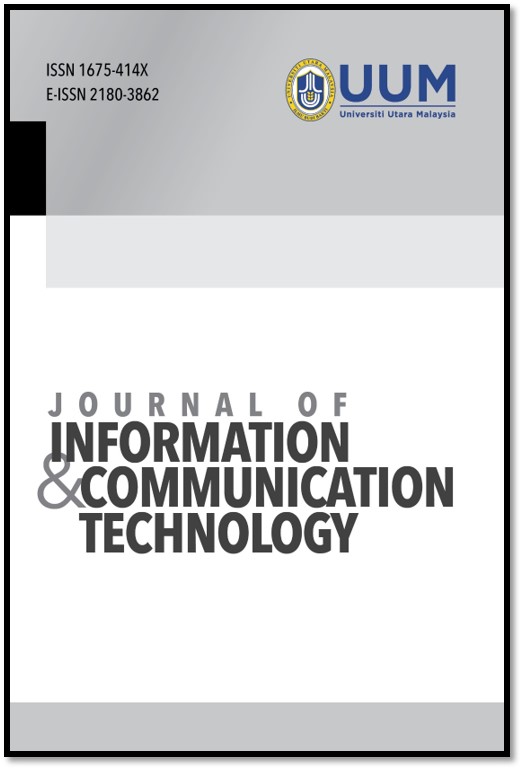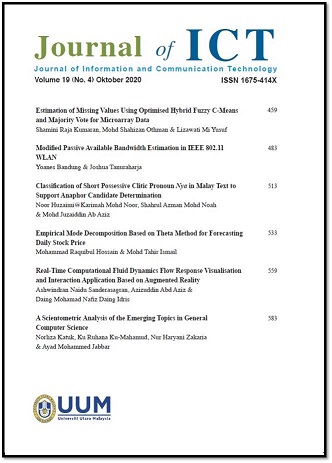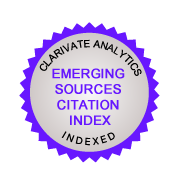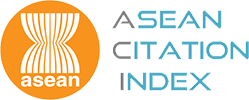DYSLEXIC CHILDREN’S READING PATTERN AS INPUT FOR ASR: DATA, ANALYSIS, AND PRONUNCIATION MODEL
Keywords:
Automatic speech recognition, Pronunciation modeling, Reading pattern, Dyslexia, ChildrenAbstract
To realize an automatic speech recognition (ASR) model that is able to recognize the Bahasa Melayu reading difficulties of dyslexic children, the language corpora has to be generated beforehand. For this purpose, data collection is performed in two public schools involving ten dyslexic children aged between seven to fourteen years old. A total of 114 Bahasa Melayu words, representing 23 consonant-vowel patterns in the spelling system of the language, served as the stimuli. The patterns range from simple to somewhat complex formations of consonant-vowel pairs in words listed in a level one primary school syllabus. An analysis was performed aimed at identifying the most frequent errors made by these dyslexic children when reading aloud, and describing the emerging reading pattern of dyslexic children in general. This paper hence provides an overview of the entire process from data collection to analysis to modeling the pronunciations of words which will serve as the active lexicon for the ASR model. This paper also highlights the challenges of data collection involving dyslexic children when they are reading aloud, and other factors that contribute to the complex nature of the data collected.
Additional Files
Published
31-03-2009
How to Cite
Husni, H., & Jamaludin, Z. (2009). DYSLEXIC CHILDREN’S READING PATTERN AS INPUT FOR ASR: DATA, ANALYSIS, AND PRONUNCIATION MODEL. Journal of Information and Communication Technology, 8, 1–13. Retrieved from https://e-journal.uum.edu.my/index.php/jict/article/view/8083
Issue
Section
Articles

 2002 - 2020
2002 - 2020


























